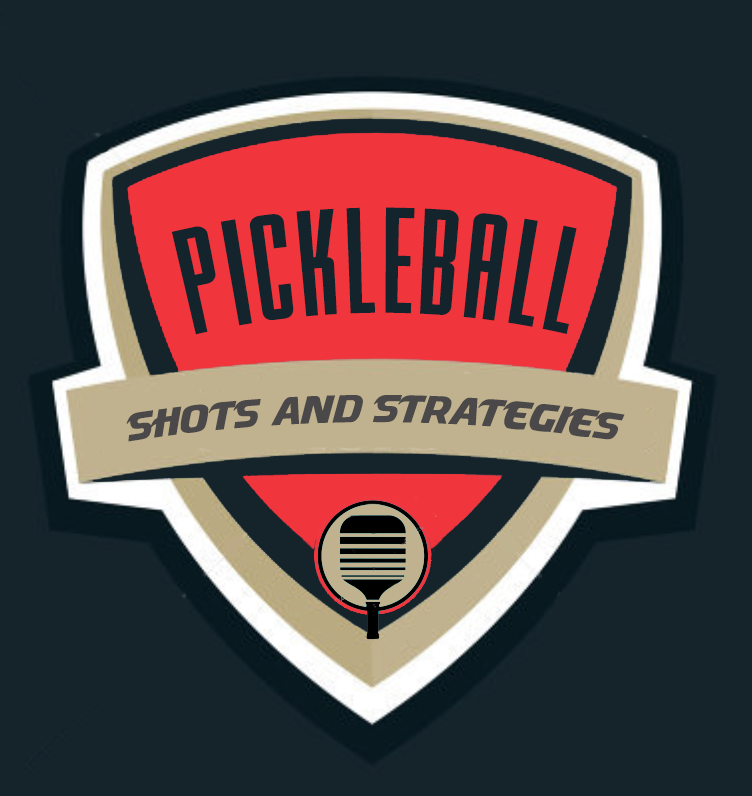DROP SHOTS
The double strategies of hitting a Third Shot Drop and moving forward
Hitting a drop shot from your baseline on your opponent’s return of serve is a difficult shot. Placing your shot into your opponent’s kitchen is described as having “good hands”, “great touch” and “nice feel”. This skill requires having sound mechanics and it takes lots of practice to develop. The drop shot is a key shot that separates the best players from good players. Study the Chapter on how to hit a drop shot.
This is the strategy of skilled players to “neutralize” the point. At the higher levels of play, the team returning the serve will be first to the NVZ line and has the advantage because the serving team must move through the middle of the court and may have to play a variety of shots to get to their NVZ line.
The safest and most effective way to get up to your NVZ line is to hit a drop shot that lands in your opponent’s kitchen. This forces your opponents into hitting up on the ball to clear the net. Your opponents will hit some of your drop shots into the net and some will be hit up too hard and fly out of bounds. Other balls will be hit up high enough for you to attack while good players will place their shots in front of your feet forcing you to hit up on the ball and place your shot low to the feet of the opponent.
Since you are moving forward, you obviously are going to get into the court position of having to hit lots of volleys. Beginners and intermediate players will certainly want to develop their volleying skills before moving up. If you move up on high balls, your opponents will be hitting hard shots back at you, so that is not a good time to advance. You really want to advance on balls that bounce in front of your opponents because they will be hitting up on the ball. Get your paddle up and be ready to volley.
When you are moving forward, come to a balanced stance with a split step right prior to your opponent hitting the next shot. This enables you to move under control to any ball that is hit to you.
Your age plays a major role in your ability to get all the way up to your NVZ or having to play an additional ball as you are transitioning forward. The open pros and younger players are so fast that they will get all the way up to their NVZ line after their drop shot. The seniors often have to play a mid-court ball which will be a drop shot, drop volley, or half volley. That is assuming that the advancing team is sticking with the plan of placing the ball into the opponent’s kitchen. These well placed shots require very good paddle skills which are described as “soft hands”, “nice touch”, and “great feel” when you can place your shot back in front of your opponent’s feet. Placement plays a huge role in your skill level. Players who have not developed placement have instead decided to hit with power and will hit attacking shots designed to break the opponent’s volleys down. Players, called “bangers”, hit hard shots because they are effective against the majority of players.
Once all 4 players are up at their NVZ line, the dinking challenge begins. All 4 players are focused and skilled enough to keep their shots landing in front of your feet and forcing you to hit another dink. “Patience” is what is commonly expressed as to the nature of the game in this situation. To some, patience is to hit 3 dinks. To really advanced players, it could be 30 dinks. But bear in mind, all 4 players up are wanting to win the point. You must have good volleys in order to handle an attack at any time.
When your opponents hit a difficult ball to you, you should reset the point by hitting a drop volley back into their kitchen. When your opponents hit a ball high enough to attack, then do so. The very best players have what is called a “80-20” rule. They will selectively attack balls that are high enough and also give them an 80% chance of winning the point. Why attack if it is a 50-50 percentage? The percentage of winning the point goes down when you attack on a ball too low. Your shot selection plays a major role in winning and losing a point.
